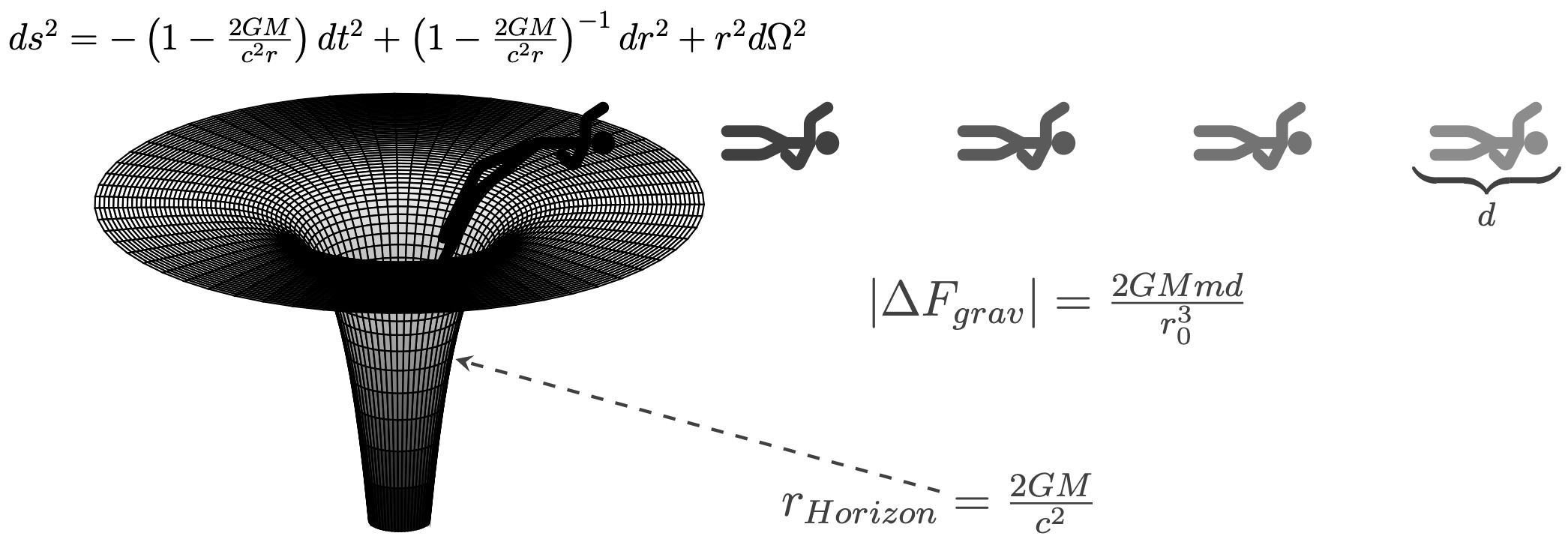

To achieve the angular resolution needed to image SgrA* and M87*, equivalent to the tiny angle at which we would see an apple on the Moon from Earth, the EHT used a network of radiotelescopes stretching from Antarctica to North America via Chile, the Hawaiian Islands, and Europe so as to have the equivalent of a single planet-sized instrument operating in interferometric mode. On the right on the other hand, for M87*, due to its giant size, the light structure around it has varied very little during the 4 days of observations performed in April 2017, so that the averaged image reflects the actual state of the accretion stream quite accurately. On the left, several tens of shots of SgrA* show its large temporal variability, to the point that the reconstruction of an averaged image cannot accurately reproduce the state of the accretion stream (uncertain position of the overbrightness). It took considerable integration work to reconstruct a sufficiently sharp “average” image of SgrA*, as Figure 4 clearly shows.įigures 4a-b. Figure 3: Due to its giant size, the light structure around M87* varied very little during the 4 days of observations in April 2017.Īttempting to capture a sharp image of SgrA* in an exposure time of one hour was therefore like taking a picture of a dog running after its tail. The montage illustrates the huge size difference between M87* and SgrA*, relative to the size of our solar system. The reason is that Sgr A* has a mass 1500 times smaller than M87* (4 million solar masses for SgrA* against 6 billion for M87*), so that the characteristic time scale of the luminous variability, given by the simple formula GM/c^3, is much faster: 20 seconds, against several hours for M87*. If it took five years of analysis for Sgr A* against two for M87*, it is because during the exposure time of the observations – of the order of an hour –, the light emission of the gas disk around Sgr A* is very variable, whereas that around M87* is almost fixed. The observations of Sgr A* had been made in April 2017, during the same campaign as those of M87*. The very first telescopic image of a black hole surrounded by a disk of hot gas had been unveiled in April 2019 by the same EHT teams: it was the black hole M87* located at the center of the giant elliptical galaxy M87, 50 million light-years away.

© EHT Collaboration/ESO A difficult reconstruction Figure 1: First image of the supermassive black hole Sagittarius A* located at the center of the Milky Way, unveiled by the teams of the international radio astronomy program Event Horizon Telescope. After the one obtained by the EHT in 2019 of the gigantic black hole M87* at the heart of the distant elliptical galaxy M87, this is the second direct image of this type of object that we have to date. Until now, its presence was only indirectly perceived, from a few radio emissions and the observation of the trajectories of stars orbiting at high speed around a gigantic but invisible mass. After five years of calculations and analysis, the international collaboration of the Event Horizon Telescope (EHT) delivered on the image of Sagittarius A* (Sgr A*), the giant black hole lurking at the center of our galaxy (the Milky Way), 27 000 light-years from Earth.


 0 kommentar(er)
0 kommentar(er)
